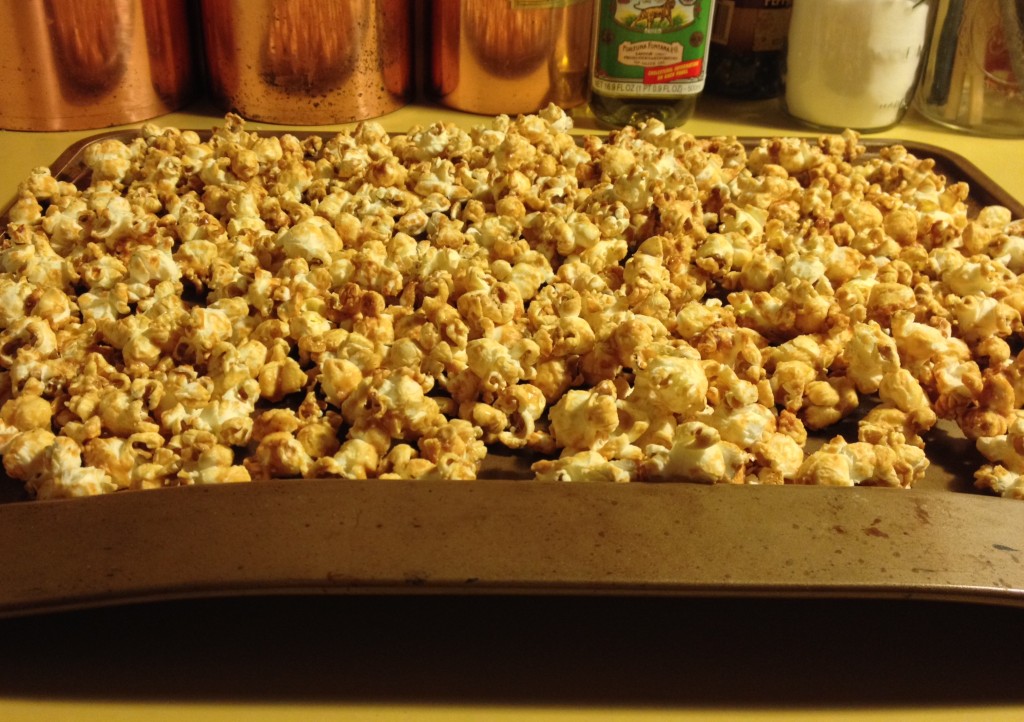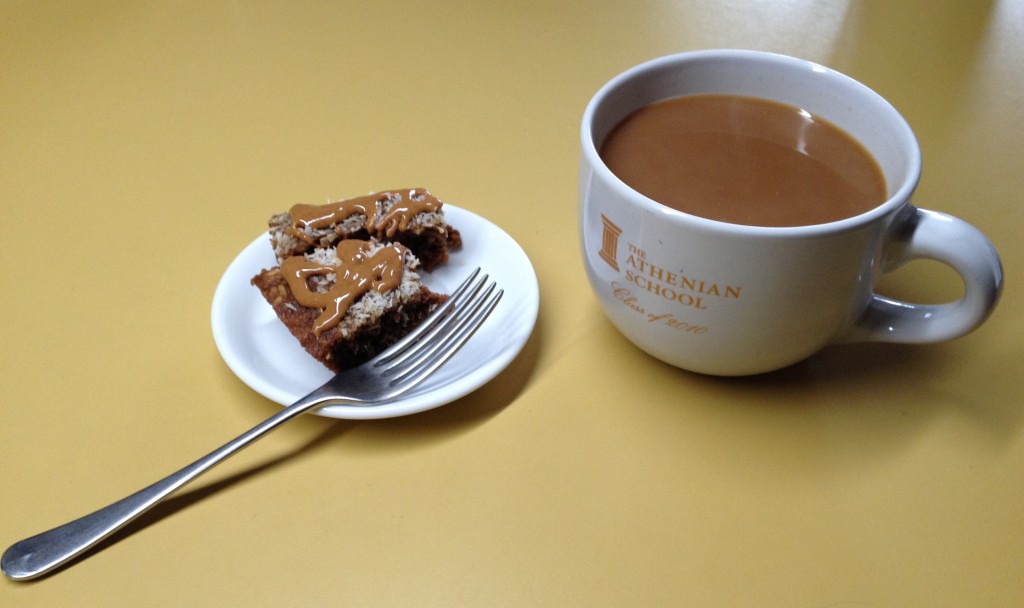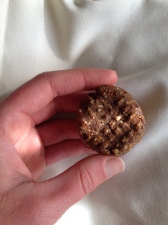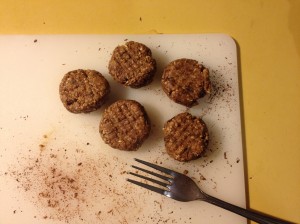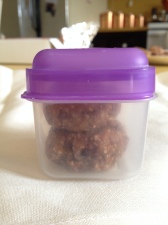
A big bowl of warm creamy soup is the perfect winter meal. This year, winter seemed to fly by far too quickly for me to get my fill of soup. Even though it’s been hitting 80 lately (whaaaat?!), I’m planning on making this Broccoli Potato Leek Soup at least once before it gets even warmer.
The following recipe is one that my mother has been making for years. The original recipe used 1/2 cup of cream and a stick of butter – not exactly great for you. By using olive oil and extra potatoes, my mom made it vegan, and much healthier, while keeping the creamy texture.
Texture, or mouthfeel, is a property of food that plays a large role in our interpretation of the food. We often don’t pay attention to it until it goes wrong. Have any of you ever had ice cream that feels gritty or sandy in your mouth? That’s from the lactose in the milk crystalizing. It’s a pretty unappealing feeling and ice cream producers try to avoid it in their ice cream.
We sense this grittiness using cells called Pacinian corpuscles on our tongues. Pacinian corpuscles measure pressure, and our tongues are covered in them. We use them to determine the size of particles, to a remarkable degree. Your tongue can tell the difference between particles that are micrometers apart! We use particle size to determine the texture of a gritty or creamy food.
In order to do this, we need to be able to move our tongues. When scientists paralyzed subjects’ tongues, they could no longer differentiate between particles of different sizes.
Our ability to “measure” particles with our tongues differs from person to person, so some people may be more sensitive to sandy ice cream or creamy soup than others. Regardless of how well you can sense texture, give this soup a try before summer hits. It’s full of veggies and tastes phenomenal.
At home, my mom serves it with a warm loaf of bread and butter, which I highly recommend.
Broccoli Potato Leek Soup
Adapted from The Silver Palate Cookbook
Try to keep the vegetables about the same size so they cook evenly but don’t worry too much about chopping them perfectly since they’re going to be blended up anyway.
Leeks are usually pretty dirty; this is the easiest method I’ve found to clean them. Trim and discard the bottom 1/2 inch or so and most of the green leafy part. Slice the remaining leek in half lengthwise and cut into slices. Toss the slices into a bowl of water, swish them around a little, and rinse them in a sieve. Repeat until leeks are clean.
Time: 1 hour
Yield: 8-10
Ingredients:
- 2 leeks, chopped
- 1/4 cup olive oil
- 1 medium onion, chopped
- 2 teaspoon salt
- 1 teaspoon pepper
- 8 cups vegetable stock
- 5 medium potatoes, peeled and sliced
- 6 cups chopped broccoli
Instructions:
- Heat oil in a large pot over low heat. Add the leeks, onion, salt, and pepper. Cook until they soften, about 15 minutes.
- Add stock and potatoes. Simmer uncovered for 15 minutes.
- Add broccoli and simmer for 10 minutes.
- Remove pot from heat. Puree the soup in a food processor or blender, working in small batches.
- Return soup to pot and heat until warm.



